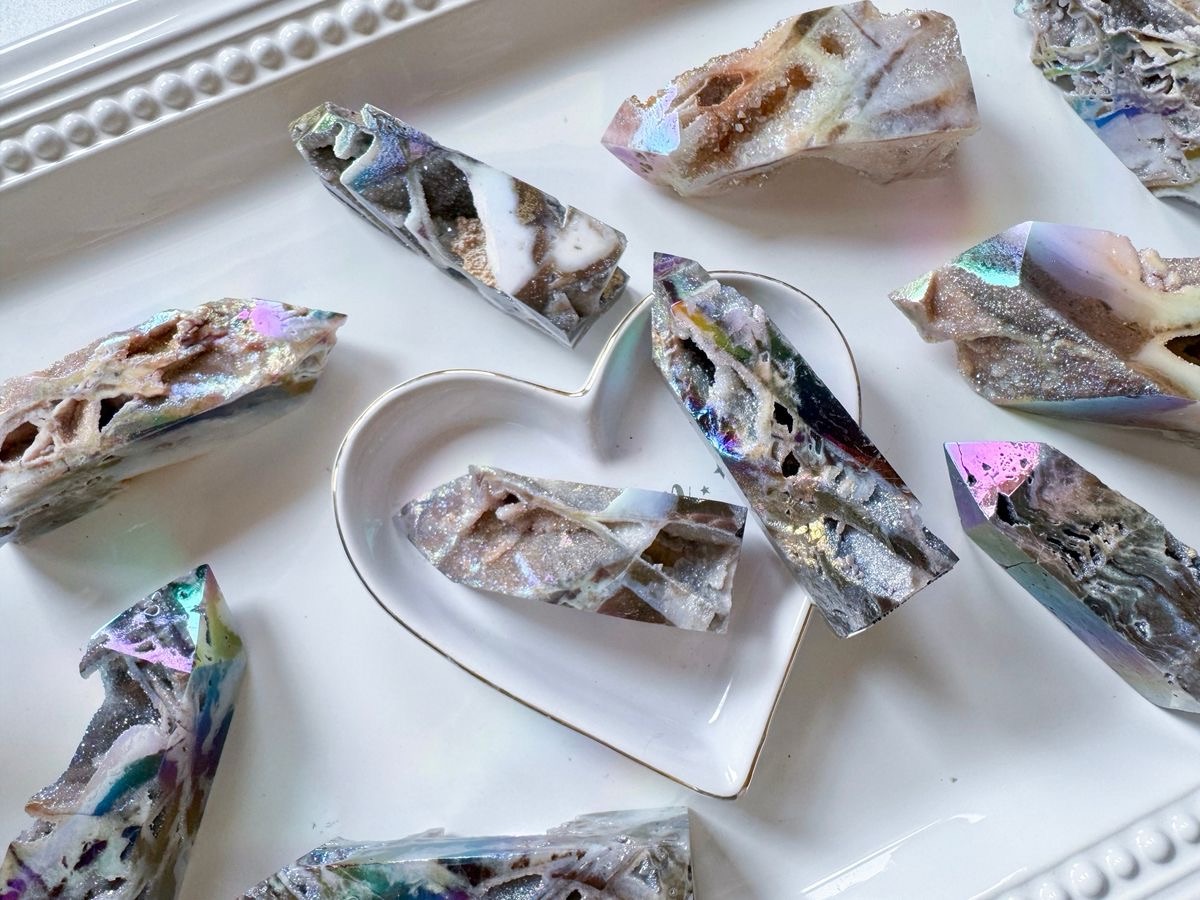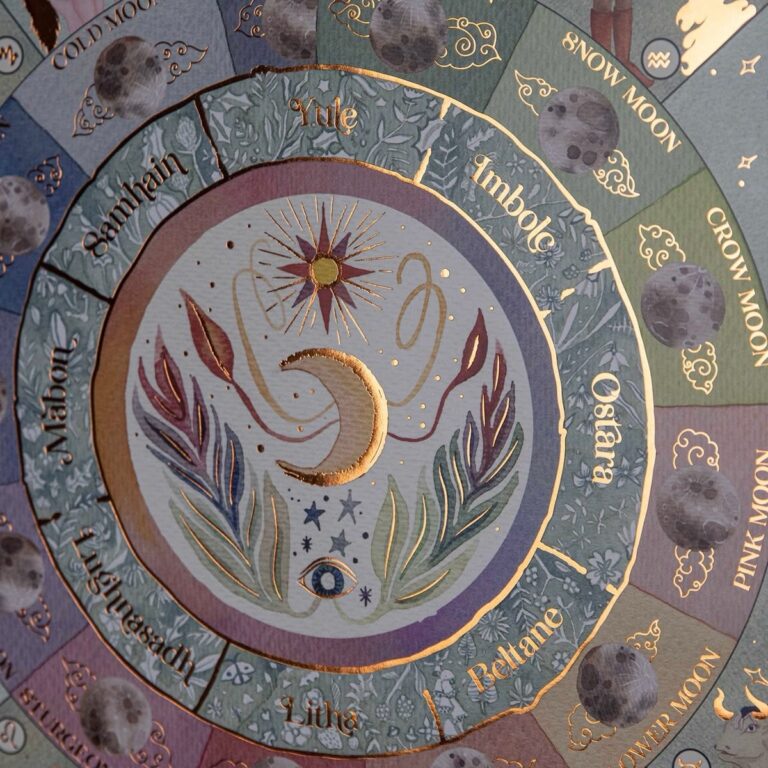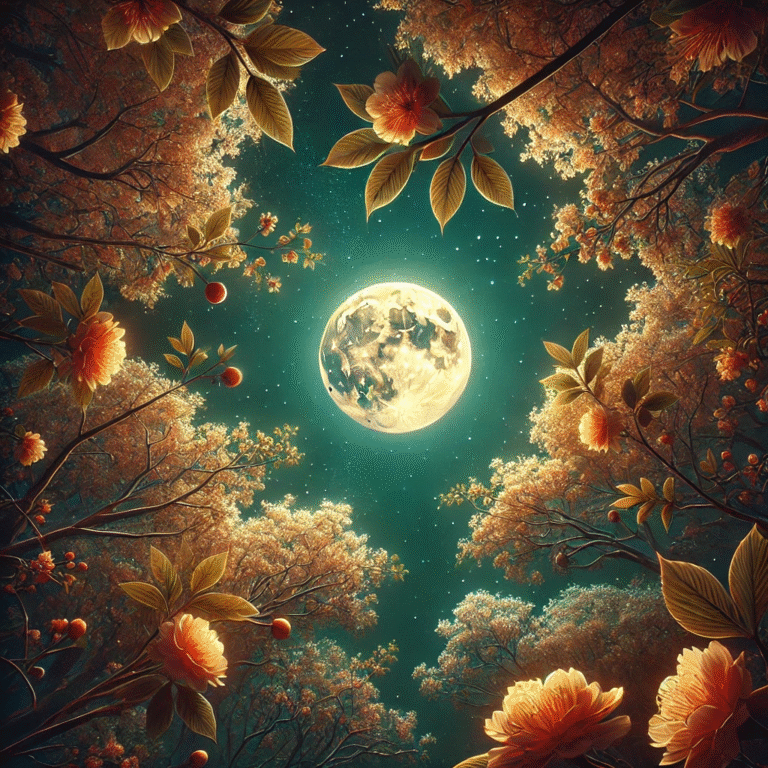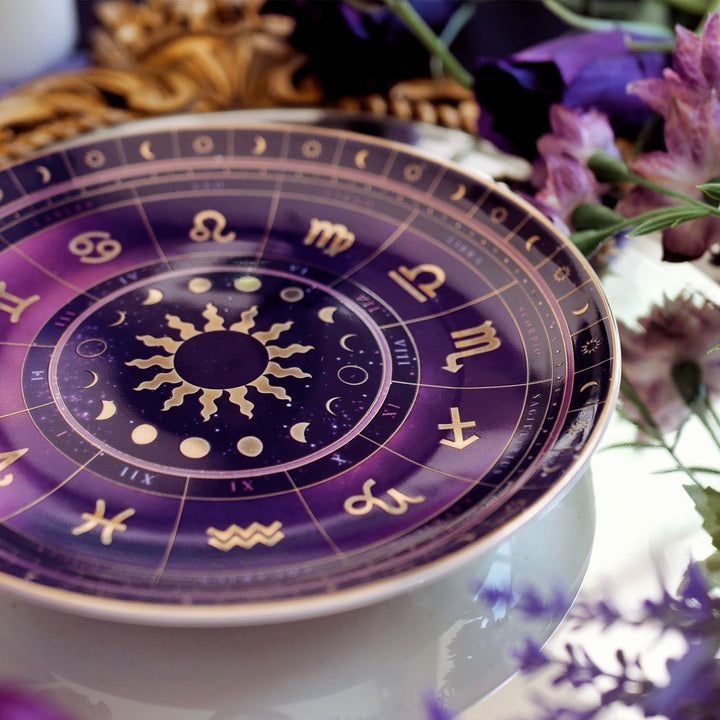Aventurine
Nicknames:
Stone of Opportunity, Gambler’s Stone, Lucky Stone
Variations:
☆ Green Aventurine — most common; prosperity, luck, emotional healing
☆ Blue Aventurine — mental clarity, self-discipline, calm communication
☆ Red Aventurine — vitality, determination, physical energy
☆ Peach Aventurine — optimism, gentle encouragement, emotional restoration
☆ Yellow Aventurine — balance, confidence, manifesting intentions
☆ Silver Aventurine — rare; enhances intuition and psychic awareness
Intentions:
Luck, growth, abundance, optimism, healing
Properties:
Soothing, harmonizing, opportunity-attracting, confidence-boosting, heart-healing
Overview:
Aventurine is a form of quartz characterized by its glimmering, sparkly inclusions (aventurescence). Revered as one of the luckiest stones, it’s often used in rituals for prosperity, personal growth, and new opportunities. In both ancient Tibet and modern times, aventurine has been valued for its ability to soothe the heart, calm nerves, and bring a fresh, hopeful outlook to life. It’s a staple for manifestation, healing, and fostering optimism in magickal practice.
Origin & Availability:
Aventurine is widely available, especially in Brazil, India, Russia, and Tanzania. Green aventurine is the most abundant, but other colors are less common. Most commercial stones are natural, though some are dyed. Aventurine is generally considered an ethically sourced and environmentally safe stone due to its abundance.
Folklore & Mythology:
In ancient Tibet, aventurine was used in the eyes of statues to symbolize visionary power and increase courage. Its name derives from the Italian “a ventura” (by chance), after the accidental discovery of aventurine glass in the 18th century. Aventurine’s reputation as a lucky charm is centuries old, often carried by gamblers and anyone seeking fortune.
Magickal Practices:
★ Prosperity spells: Attracts wealth, success, and new opportunities
★ Luck charms: Carried or worn to increase chances in games or important ventures
★ Emotional healing: Calms anger, soothes the heart, and fosters emotional recovery
★ Manifestation grids: Used as a central stone for abundance and goal-setting
★ Garden magick: Planted with seeds or kept near plants to encourage growth and vitality
★ Self-confidence rituals: Boosts optimism and personal courage before new beginnings
Planet:
Mercury — adaptability, manifestation, luck, communication
Element:
Earth — growth, grounding, stability, nourishment
Zodiac Signs:
☆ Aries: Supports new beginnings, enhances leadership
☆ Taurus: Promotes abundance and practical prosperity
☆ Virgo: Aids healing, soothes stress
☆ Libra: Encourages balance, optimism, and emotional harmony
Deities:
★ Fortuna: Luck, fortune, destiny
★ Gaia: Earth, growth, nurturing
★ Venus/Aphrodite: Love, beauty, prosperity
★ Lakshmi: Wealth, good fortune, abundance
Colors:
☆ Green: Luck, healing, growth
☆ Blue: Calm, communication, clarity
☆ Red: Vitality, motivation, action
☆ Peach/Orange: Optimism, joy, gentle encouragement
☆ Yellow: Confidence, balance, self-worth
Botanicals:
★ Basil: Wealth, luck, protection
★ Mint: Prosperity, renewal, energy
★ Fern: Growth, resilience, new beginnings
★ Dandelion: Wishes, perseverance, manifesting change
Chakra Association:
☆ Heart Chakra (Anahata): Heals emotional wounds, encourages love, opens to abundance
☆ Sacral Chakra (Peach/Red Aventurine): Enhances creativity, supports emotional healing
Moon Phase Association:
Waxing Moon — amplifies growth, luck, and manifestation as energy builds toward fullness
Season:
Traditionally associated with spring, reflecting renewal, fresh starts, and new growth
Divination Interpretation:
Signals a time of good fortune, opportunity, and heart-centered growth; encourages taking chances and trusting in abundance
Shadow Work Focus:
Helps address fear of change, scarcity mindset, and self-doubt; supports embracing new opportunities with courage
Substitute Crystals:
★ Jade: For luck, prosperity, and health
★ Malachite: For transformation and heart healing
★ Green Quartz: For emotional soothing and growth
★ Sunstone: For optimism and manifesting success
Appearance Description:
Aventurine is most recognizable by its shimmering, sparkly appearance, caused by tiny mineral inclusions (commonly fuchsite in green stones). It typically ranges from light to deep green but may appear in blue, red, yellow, peach, or silvery-gray hues. Aventurine is often polished into tumbled stones, spheres, or cabochons, with a smooth, glassy finish and visible flecks or glitter.
Cautions & Considerations:
Aventurine is non-toxic and safe to handle. Fuchsite-included green aventurine may be sensitive to harsh chemicals—cleanse with gentle methods (water, smoke, sound). Some stones on the market are dyed; natural stones are preferred for magickal work. Aventurine is durable but should be protected from scratches and impacts.




